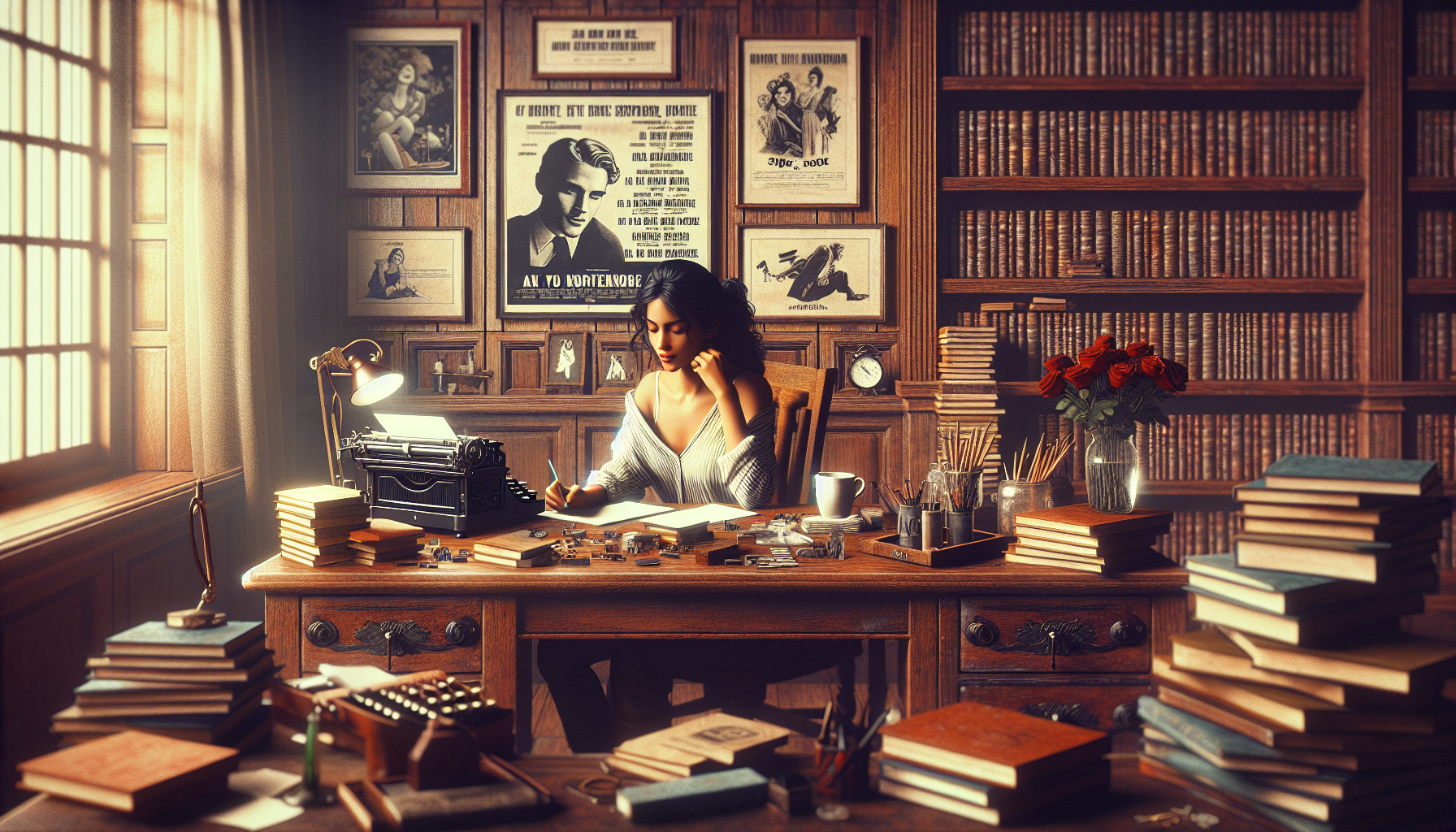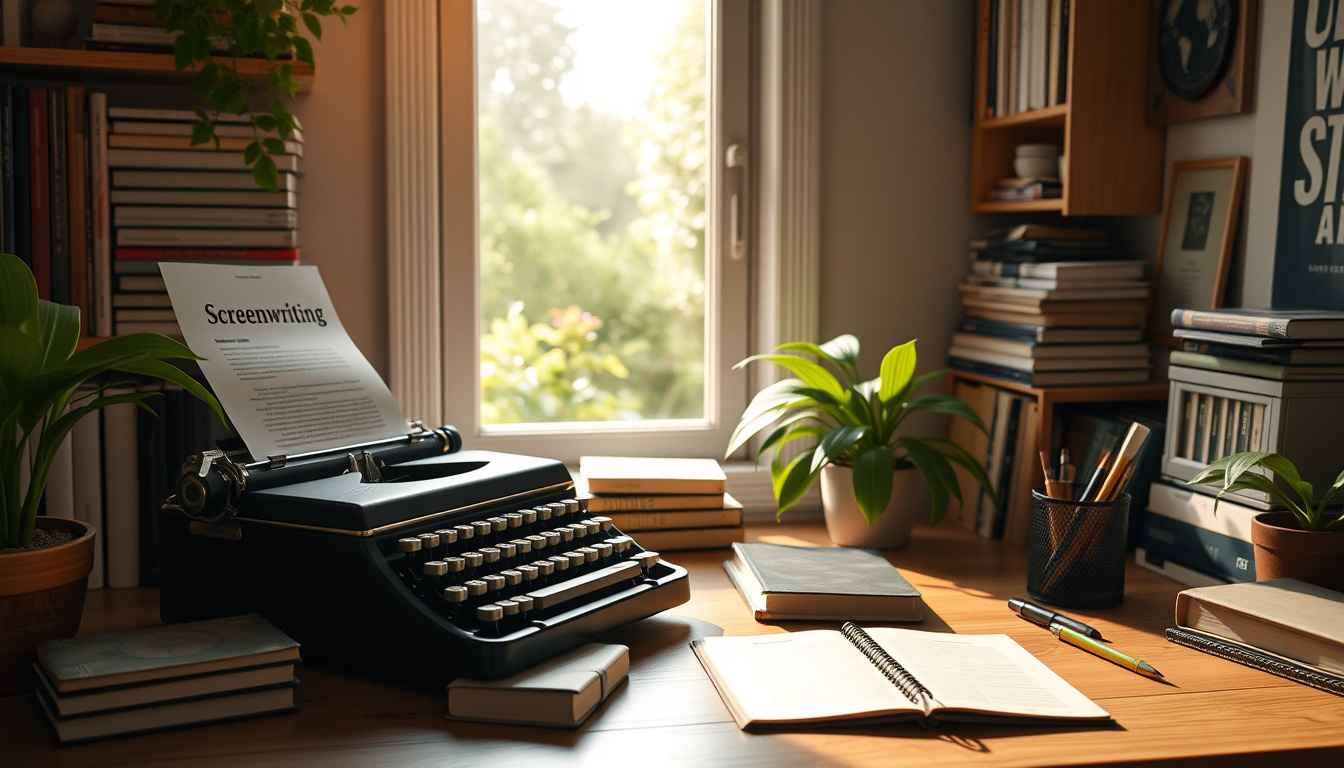
A Dash of Spice, a Spoonful of Emotion: Cooking the Perfect Love Story
So, you fancy yourself a bit of a matchmaker, do you? Except instead of setting up your lonely friends, you’re pairing up characters in screenplays. Crafting compelling love stories is an art form where you, dear scriptwriter, play cupid with your keyboard. But before you start typing up flirty banter and heart-wrenching confessions, let’s get down to the nitty-gritty of what makes a love story stick.
The Ingredients of Infatuation
Every recipe needs good ingredients, and in your screenplay, these come in the form of well-developed characters and a captivating plot. Let’s break it down:
1. Characters Worth Falling For
Imagine a love story where both characters are as bland as unsalted crackers. Now imagine a story with figures so vivid, they leap off the page and go on a coffee run for the reader. Which love story would you invest in? Crafting characters that readers can root for (or passionately despise, if that’s your angle) involves more than just assigning them quirks or good looks. Their fears, desires, and secrets are what make them irresistibly human and endearing.
2. Conflict: The Love Story’s Backbone
No good love story flops onto your lap like a well-behaved cat. Instead, it should burst through the door like a hyperactive puppy, full of energy and conflict. Whether it’s internal strife, external forces, or even a good old clash of personalities, conflict keeps the story tantalizing. It’s what turns a polite, Excuse me, can I pass by? into a fiery dance of Move, or I shall make you! Remember, the path of true love never did run smooth, and thank goodness for that because otherwise, we’d be bored to tears.
Flirting With Structure
Love, unlike your leftover pizza, doesn’t fit neatly into a box. However, your screenplay does need some structure. This doesn’t mean you’re confined to the classic three-act layout or a predictable plot. Spice it up! Play with non-linear storytelling, multiple perspectives, or even an unreliable narrator (watch how romance blooms in the garden of uncertainty!). However, ensure that each structural choice deepens the emotional impact and drives the romance forward.
The First Date: Introducing Romantic Leads
First impressions count, right? The first meeting of your characters sets the tone for their relationship. This moment, soaked in potential, decides whether your audience will cheer for a romance or merely observe it. Whether it’s a clumsy encounter or a destiny-filled alignment of stars, make it memorable. But, please, for the love of all things cinematic, avoid cliches unless you’re flipping them on their head (nobody needs another scene of fetching dropped books unless those books happen to be on quantum physics and love potions).
Dialogue: Whispering Sweet Nothings
What’s romance without a bit of verbal fencing? The dialogue in a love story can be everything from sharp and witty, to tender and devastating. Each exchange should peel back a layer of the character’s true self, revealing the pulsating heart beneath. And remember, sometimes what’s unsaid in a pause or a sigh can be just as powerful as a shouted declaration of love.
Sizzling Chemistry vs. Slow Burn
Not every love story needs to ignite with all the violence of a chemical reaction in a high school lab. Some of the most compelling romances simmer, building tension and affection with slow, delicious intentionality. Whether your characters are tangled in a sizzling fast-paced romance or a gentle slow burn, ensure their chemistry is believable. Make us care enough to mentally nudge them closer with every scene.
The Love Denouement
Now for the grand finale! How you choose to wrap up the lovers’ journey impacts the resonance of their story. Whether it’s a happily-ever-after, a tragic goodbye, or a realistic parting of ways with hopeful undertones, the resolution should feel earned. The audience wants to witness the transformation and growth that love has wrought in the characters, for better or worse.
As you embark on writing your screenplay, remember that the essence of a great love story lies not just in the grand gestures but also in the quiet moments; not just in the compatibility of the lovers, but in their conflicts. With each line you craft, you’re not just arranging words; you’re orchestrating emotion. Now go on, make us fall in love, laugh, and perhaps cry a little too. We’re all suckers for a good romance, after all.






